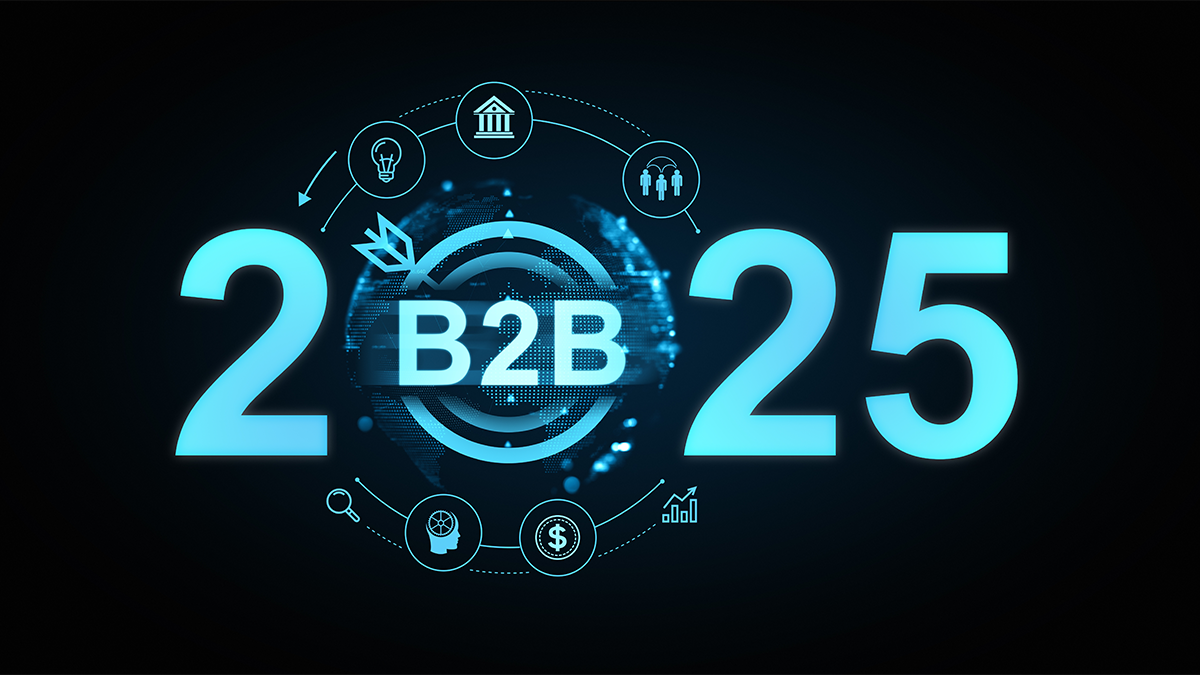With just under 4-months until Black Friday and Cyber Monday (BFCM), and the start to the traditional Christmas Shopping period, now is the time to ensure your ecommerce platform is ready to handle the end-of-year shopping surge. If your online business is experiencing any of the following issues, it might be time to consider an ecommerce migration:
If these challenges sound familiar, it’s time to seriously consider migrating to a different ecommerce platform or enhancing your current one.
At Digital Mavens, we’ve worked with a wide range of ecommerce platforms, including BigCommerce, WooCommerce, Salesforce Commerce Cloud, Magento, and UltraCommerce. From our extensive experience, we can confidently say that Shopify is the best choice for most businesses looking to build or scale their online presence. Here’s why:
If a platform is easy-to-use, you’re more likely to leverage its full potential. Shopify’s user-friendly interface makes managing and updating your e-store simple. You can easily modify functionality and features without requiring a large team or technical expertise. Plus, there are plenty of themes and apps to choose from, saving you from having to build everything from scratch. Shopify also simplifies the checkout process and is constantly innovating to improve user experience.
Shopify allows you to implement changes quickly. Whether you’re launching a new product or responding to market demands, you can do it in days, not months - sometimes even minutes. With Shopify, your ecommerce manager can handle many updates in-house, reducing the need to outsource to technical support.
With Shopify, you don’t have to worry about uptime, load balancing, or scalability - Shopify handles all of this for you. This ensures your site performs optimally, even during peak traffic periods like BFCM and other promotional periods.
Shopify is PCI DSS compliant, offering top-notch security for payment processing and customer data. This protects your business from breaches and ensures customer trust. Shopify also enables automated processes to reduce chargebacks and prevent fraudulent purchases.
Shopify easily integrates with various business systems and platforms, including ERP, WMS, OMS, customer service tools, and analytics. This interconnectedness streamlines your operations and enhances efficiency.
With Shopify handling the technical heavy lifting, you can focus on what really matters: driving sales, finding and engaging customers, optimising your product catalogue, and growing your profit margins.
If you’re thinking about switching from your current ecommerce platform to Shopify or Shopify Plus, we’re here to help. Ecommerce migrations can seem daunting, but with the right planning and execution, it can be a smooth process. Here are some of the key steps to consider:
Most Shopify migrations take about 3 months. For example, we recently completed a comprehensive migration for Toys R Us in just three months. This involved migrating from OSCommerce to Shopify Plus, redesigning and building the store, integrating with MYOB, installing multiple feature apps, migrating email marketing from MailChimp to Klaviyo, transitioning customer service from OSTicket to Gorgias, handling data migration, and conducting thorough testing.
Assess what functionality, features, and requirements are essential for your new Shopify store. Identify what’s missing from your current platform that you need in your new Shopify setup.
What do your customers want for an enjoyable and repeatable shopping experience? Ensure your new onsite experience is designed with them in mind, enhancing their journey, solving their shopper missions and encouraging purchases.
Evaluate what your internal team needs to do their jobs efficiently and effectively. The right tools can positively impact productivity, efficiency, and job satisfaction. Adding Shopify apps could help to improve your internal processes.
Carefully plan the migration of product data, customer records, historical orders, financial data, and marketing assets. This step is crucial to ensuring a seamless transition to the new Shopify store and the ability to make sales once launched.
Tailor your Shopify store to reflect your brand, align with your marketing and sales objectives, and support your operational setup and business goals. Migrations onto a new ecommerce platform are a great opportunity to ensure your new store design prioritises user experience and scalability, allowing for future growth and adaptability as your business evolves.
Review all your ecommerce platform integrations with your business systems, like ERP, WMS, OMS, customer service platforms, and analytics tools. Are they all integrated? If not, take the migration opportunity to bring everything together with your ecommerce migration to Shopify. Correct integration will streamline your operations, reduce manual processes, and provide real-time data insights that can drive more informed decision-making and enhance overall efficiency.
Rigorous testing is essential before going live with your new Shopify store. Make sure you have allowed time to test, have documented processes, and have a cross-functional team to test every part of the process before going live. Consider testing across different devices and browsers to ensure consistent performance and usability, make real-life orders and refunds, and have a contingency plan in place to quickly address any unexpected issues post-launch.
Post-launch, make sure to continue monitoring and optimising your new Shopify store to adapt to customer feedback, behaviours, sales results and changing market conditions. At Digital Mavens, we don’t just launch and leave; we can also provide ongoing support to ensure growth and success until you’re confident enough to build your own internal team.
If you’re ready to explore migrating to Shopify but need more advice or information, we’d love to help. Schedule a time to Speak to the Chief about your ecommerce needs and challenges. With our expertise, we can ensure your migration is smooth and that your new Shopify store is set up for success - just in time for BFCM and end-of-year sales opportunities.
Let’s make sure your business is ready to thrive this season and beyond.
Checkout out our ecommerce services, Ecommerce Copilot Program and Shopify Virtual Shopping pages.


